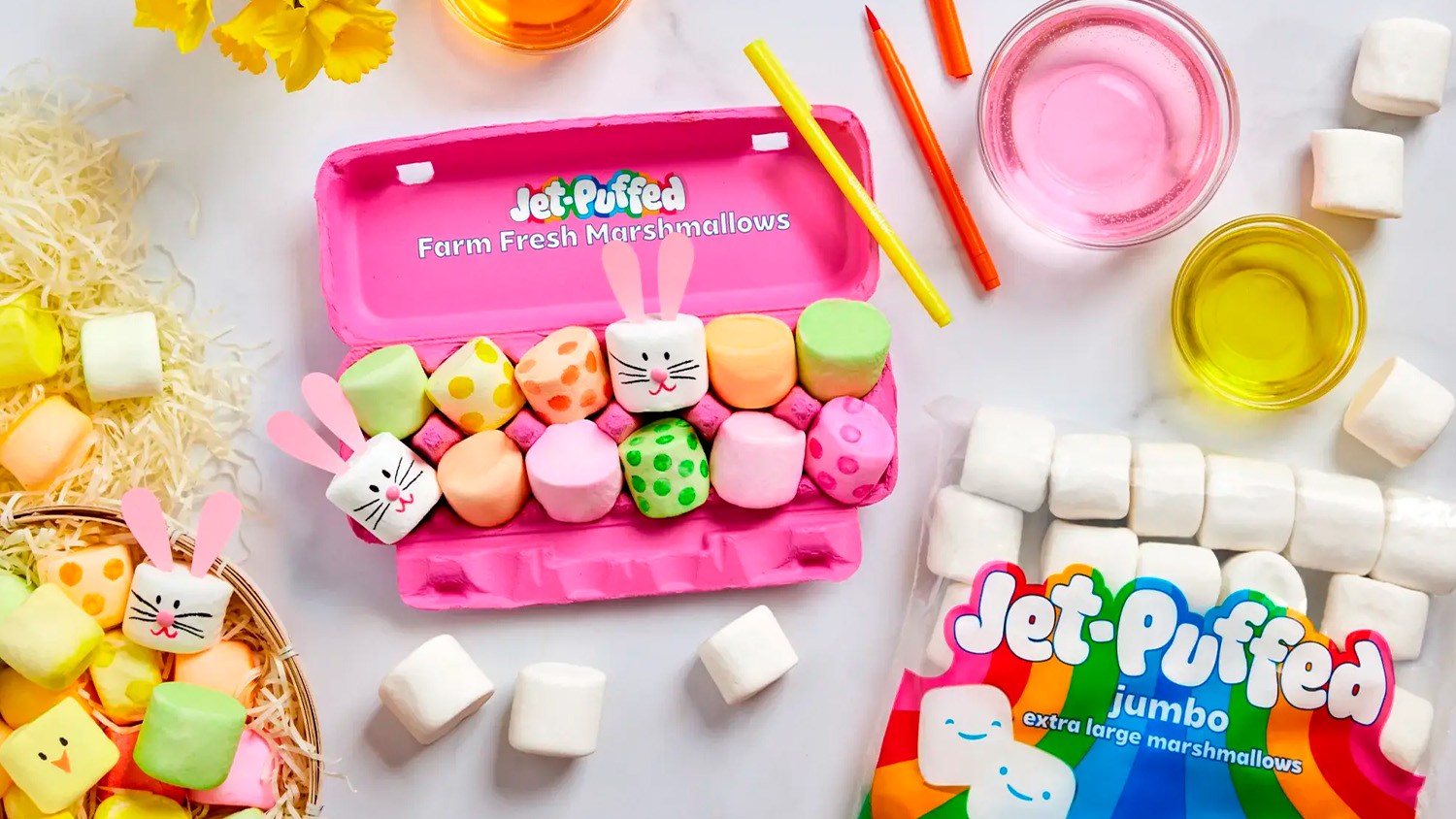NEW YORK — The CEO of e-cigarette maker Juul announced plans Tuesday to eliminate some of its social media accounts and halt most retail sales of flavor products as part of a plan to restrict access to minors. The plan came in response to the US Food and Drug Administration’s September announcement that it would investigate major e-cigarette makers and review their sales and marketing practices.
“Our intent was never to have youth use JUUL,” Kevin Burns wrote in the Tuesday statement that outlined an action plan divided into four key areas: flavors, retail stores, social media and the future.
Burns said the company will be “eliminating our own social media accounts and continuing to monitor and remove inappropriate material from third-party accounts.”
More than 99% of all social media content related to the company is generated through third-party users and accounts “with no affiliation to our company,” Burns wrote.
“To remove ourselves entirely from participation in the social conversation, we have decided to shut down our U.S.-based social media accounts on Facebook and Instagram,” he wrote. “Our presence on Twitter will be confined to non-promotional communications only.” YouTube posts will consist only of testimonials by former adult smokers who have switched to the Juul system, Burns said.
Stopping retail sale of most Juul flavors
Additionally, the company vowed to stop selling most flavored Juul pods to all 90,000-plus retail stores, including convenience stores and vape shops, while restricting flavor sales to adults 21 and older on its secure website. Juul will also continue enforcement against unauthorized sales in other online marketplaces.
Going forward, Burns said, the company will develop technology to ensure that retailers comply with age requirements and restrict access to its products.
The company is “committed to improving the lives of the world’s one billion adult smokers, with the ultimate goal of eliminating cigarettes,” Burns said. “We don’t want anyone who doesn’t smoke, or already use nicotine, to use JUUL products. We certainly don’t want youth using the product.”
In a move to reduce teen e-cigarette use, FDA Commissioner Dr. Scott Gottlieb is expected to announce a ban on the sale of most flavored e-cigarettes in convenience stores and gas stations as early as this week. The agency will impose age-verification requirements for online sales. Flavored e-cigarette products would be available in vape and tobacco shops.
In the September statement, Gottlieb said smoking “remains the number one preventable cause of death in America, killing nearly half a million people a year.” He added that the agency’s observation is that “youth use of e-cigs is rising very sharply.”
‘What’s the counter-move?’
Jon-Patrick Allem, a research scientist at the Keck School of Medicine at the University of Southern California, said that Juul’s removal of its Instagram and Facebook accounts is “a good first step.”
Yet he noted that the company is going to keep its Twitter account.
“In my research, I’ve demonstrated that Juul is discussed quite often on Twitter,” he said, and among those doing so are teens and young adults.
“They create little communities to discuss which products or flavors they like and when and where they are using Juul,” he said. The consequences of these online discussions include awareness of, use of and misperceptions about the product. Interventions may be needed to deter interest among young people and to correct these misperceptions, he said.
For example, he said, “all Juul products have nicotine; many adolescents are unaware of that. Many young adults — about 40% of college-aged students, 18 to 24 — were unaware that all Juul products have nicotine in them. This is part of the landscape that influences product uptake.”
Allem believes that removing most flavored Juul products from retail stores, which will reduce and limit accessibility, is another good move.
The next question is “something along the lines of: What’s the counter-move? How will youth circumvent these new restrictions?” he said. Though it’s “great to initiate restrictions,” the company needs to see how young people respond and then update the restrictions.
Allem’s research also shows that one of the more appealing characteristics of the sleek, small Juul device is its ability to be used in places where smoking and vaping are restricted.
Research shows that Juul is used “all the way down to elementary schools,” he said. Many teachers wouldn’t be able to identify a Juul product, so “raising awareness” among educators “in school systems from elementary up to high school and into college is also an important step” to deter teen use.
‘The minimum first steps’
Kar-Hai Chu, assistant professor of medicine at the University of Pittsburgh Center for Research on Media, Technology and Health, considers Juul’s action plan “the minimum first steps needed.”
“Unfortunately, while their social media action plan was a necessary response, it is like trying to put the genie back in the bottle,” Chu wrote in an email. “Unlike traditional media platforms, social media messages are not spread from a single source, but exponentially through each person’s entire social network. The youth that JUUL’s messages have already reached, whether on Twitter or Facebook or Instagram, will be the ones that are doing JUUL’s marketing.”
Chu explained that “nicotine impacts brain development during adolescence. Research has also repeatedly found that adolescent use of e-cigarettes increases the risk of using traditional cigarettes.” For these reasons, he remains concerned about e-cigarette use among teens.
In his statement in September, Gottlieb said the FDA will “continue to work to find out why so many kids are using and abusing these products.”
Juul’s Burns said he believes his company and the FDA have a common goal: “We want to be the off-ramp for adult smokers to switch from cigarettes, not an on-ramp for America’s youth to initiate on nicotine.”





















